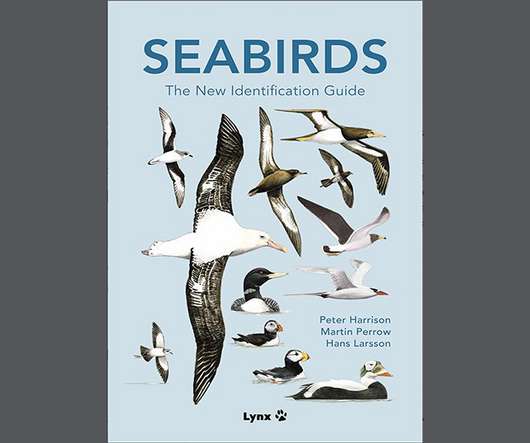Whooping Crane Ancestry
10,000 Birds
FEBRUARY 26, 2013
Over a decade from 1993 to 2004, conservationists released 289 captive-raised Whooping Cranes into Osceola, Lake and Polk counties in Central Florida. The re-introduction of a non-migratory flock in Florida was designed to be an insurance policy should anything drastic happen to the migratory flock.












Let's personalize your content